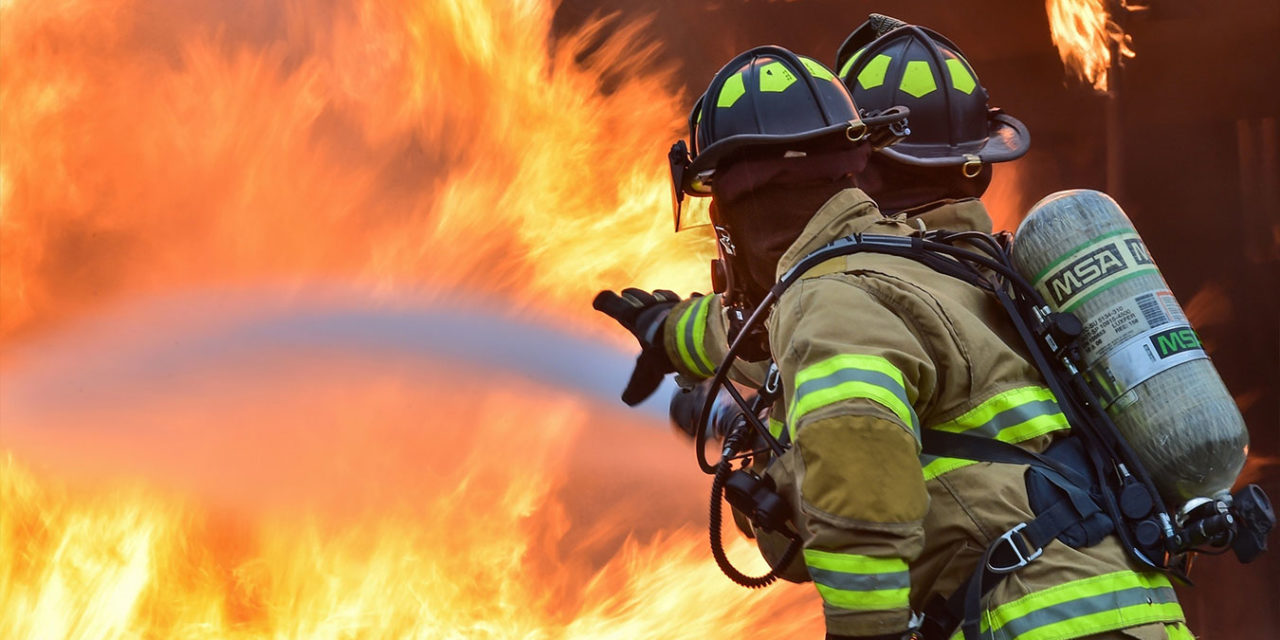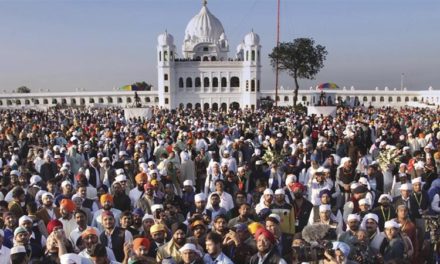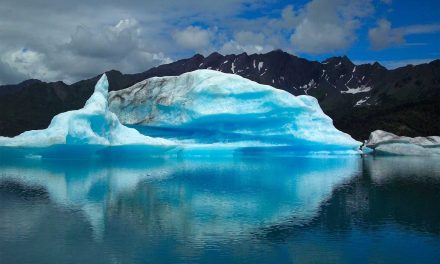The major wildfires of the last few weeks have now been put out or contained but the threat of ever bigger and more ferocious blazes continues as climate change causes longer drier periods of weather and population growth adds pressure to the natural environment.
Wildfires are not a new phenomenon in California and have been a regular part of life in forested areas of the state since data first started being recorded in the early 1900s.
Although fires are feared, naturally occurring wildfires are an integral part of any ecosystem. By burning dead and decaying matter, they return nutrients to the soil as well as destroying diseased plants and harmful insects and bugs. Some species of tree, like sequoias, rely on fire for their seeds to open.
California’s dry climate, similar to areas of the Mediterranean, means that the wet winter months allow vegetation to grow, which is then followed by months of dry hot weather in the summer, leading to a drying out of vegetation, which is prime for fires. Droughts are also commonplace. A seven-year drought finally ended after a wetter than normal winter last year.
The worst time for wildfires in California is the autumn when the forest floor and tree canopy are tinder dry and the 60-70 mph Santa Ana and Diablo winds cause fires to spread rapidly. In wind speeds such as these, rolling flames can travel at around 14 miles an hour, which can easily overtake most humans in minutes.
But when a strong wind takes hold of a fire they are not like most wildfires.
“These are not really best described as wildfires. Most people describe them as firestorms. It is not something that most firefighters have much chance of putting out until the wind dies down,” Jon Keeley, a research scientist at the US Geological Survey, told CNBC.
Firestorms can burn up to 10,000 acres of forest in an hour, which is almost impossible for fighters to contain, meaning they often have to let a fire run its course and move people out of harm’s way.
Population Growth
California is the most populated state in the US, with over 39 million or one in eight Americans calling it home. As the population continues to grow, so it has spilled out of urban areas and up the coast and into forested regions. As communities encroach on uninhabited wildlands, so people are increasingly finding themselves in fire-prone areas. And at least 25% of California’s residents now live in areas susceptible to wildfires.
“Population growth is making wildfires more deadly but its also making them more likely. The more people on the landscape means more opportunity for a fire during one of these wind events,” said Keeley.
Every fire needs a spark and a staggering 95% of Californian wildfires are caused by humans. This does not mean that fires are started deliberately, although this may sometimes be the case, but more often than not by innocuous events, such as a spark from a downed power line, from a passing car or even a lawnmower in someone’s garden.
Over the last couple of years, the big electricity companies have begun disconnecting large areas of California during high-risk periods from power, just in case high winds and tinder-dry conditions cause downed electricity cables to create a fire. Even if two oscillating electricity cables touch and create a spark this can be enough to start a wildfire.
Once a fire has started then putting it out or containing it, is often extremely difficult in the tinder-dry conditions.
As well as dousing the flames with water, teams of firemen called hotshots, clear vegetation in areas the fire is heading towards, in an effort to starve it of its fuel in what is known as a firebreak. Firemen also sometimes fight fire with fire by creating a controlled blaze to remove dry undergrowth from a forest and starve a raging wildfire of fuel.
In areas of California prone to wildfires, new housing developments are now being built with fire-hardened materials, multiple evacuation routes in case of fire, and sizeable firebreaks between the forest and the development.
- Why is California So at Risk from Wildfires? - 13th November 2019
- Carbon Offsetting is Growing but Does it Make a Difference? - 11th November 2019
- Three Confirmed Dead as Australia Prepares for “Catastrophic” Bushfires - 11th November 2019






